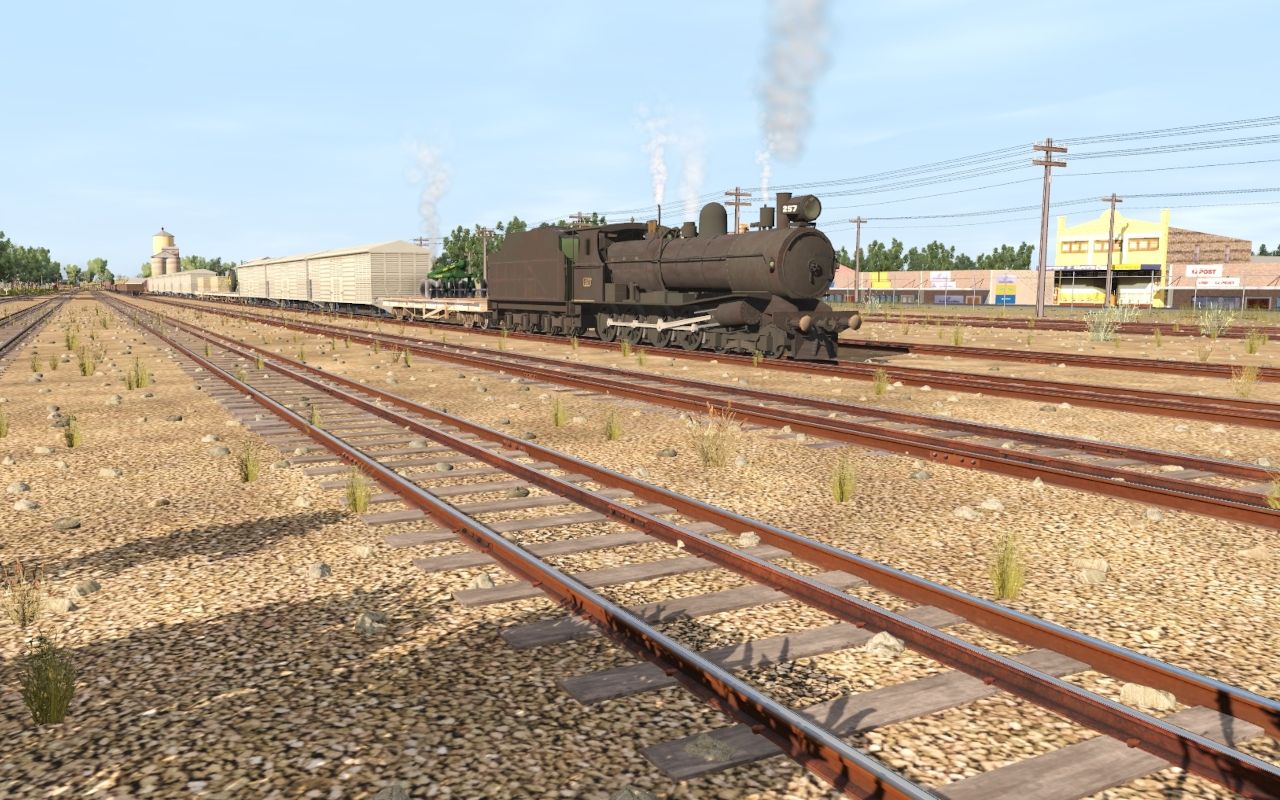jjanmarine3
Active member
Hi guys.
Has anyone tried to lay ng track on the inside of other gauge tracks on trainz. I see it can be done but I am not sure if it can be succesfully done on routes and how it will affect the running of trainz , like signals , running locos and rolling stock and all the other operating aspects. There were quite a few places in South Africa where this was done succesfully in reality. Not sue about other countries, have never gone into it or noticed it.
Jan.
Has anyone tried to lay ng track on the inside of other gauge tracks on trainz. I see it can be done but I am not sure if it can be succesfully done on routes and how it will affect the running of trainz , like signals , running locos and rolling stock and all the other operating aspects. There were quite a few places in South Africa where this was done succesfully in reality. Not sue about other countries, have never gone into it or noticed it.
Jan.








